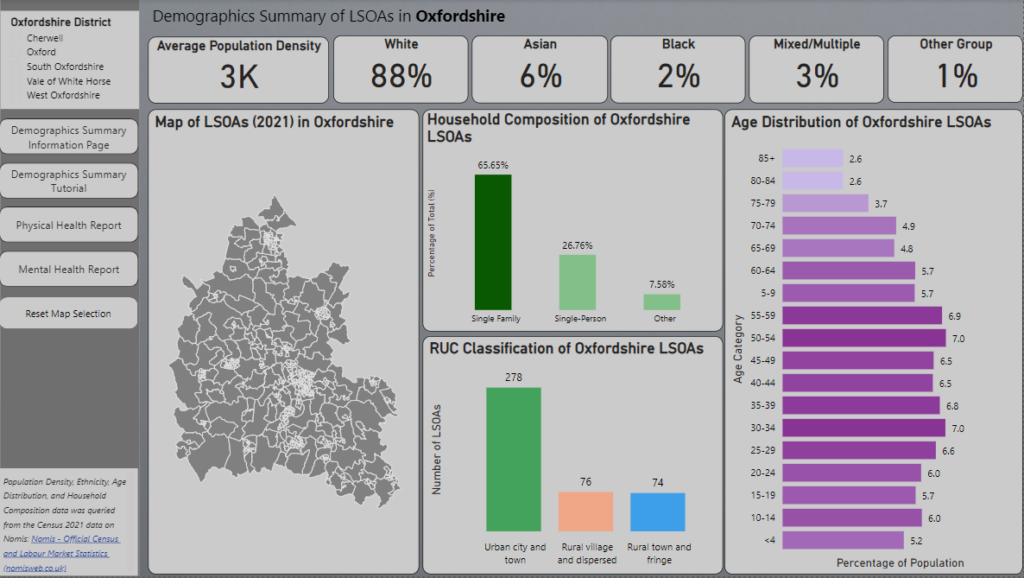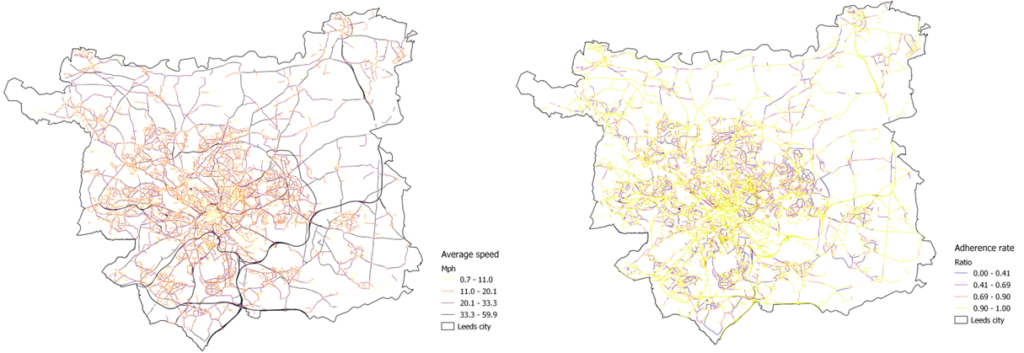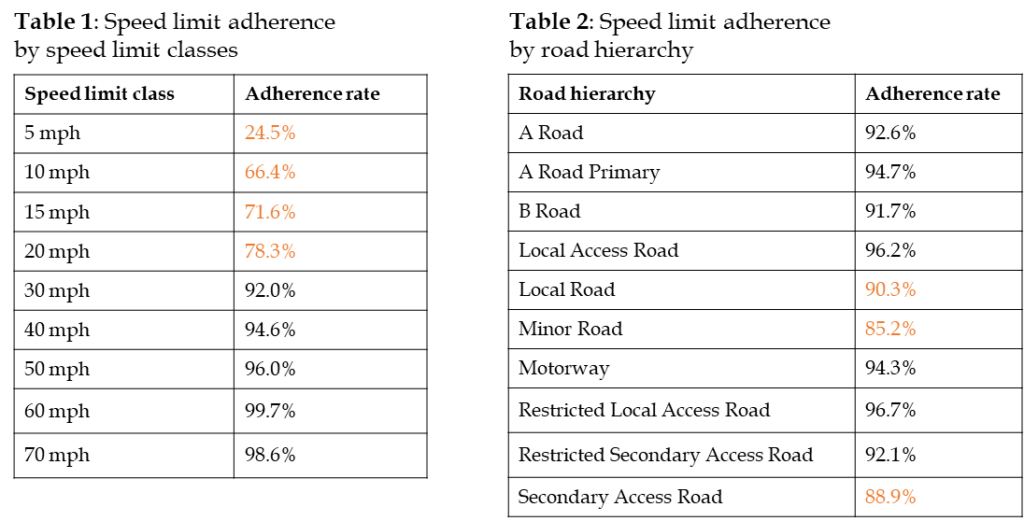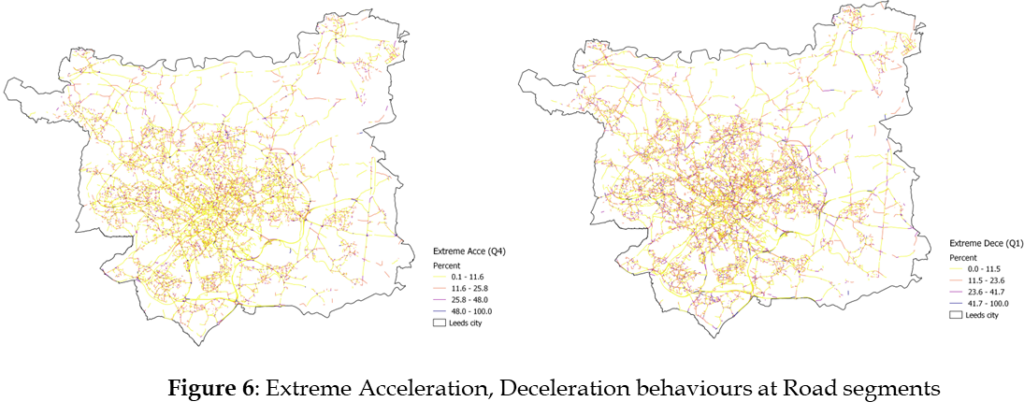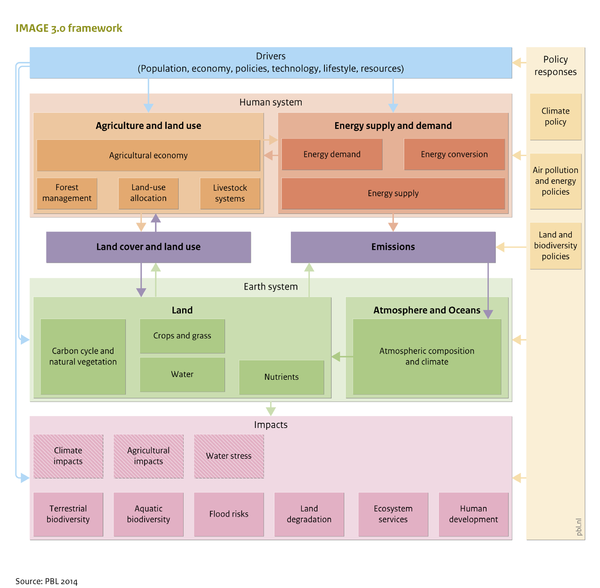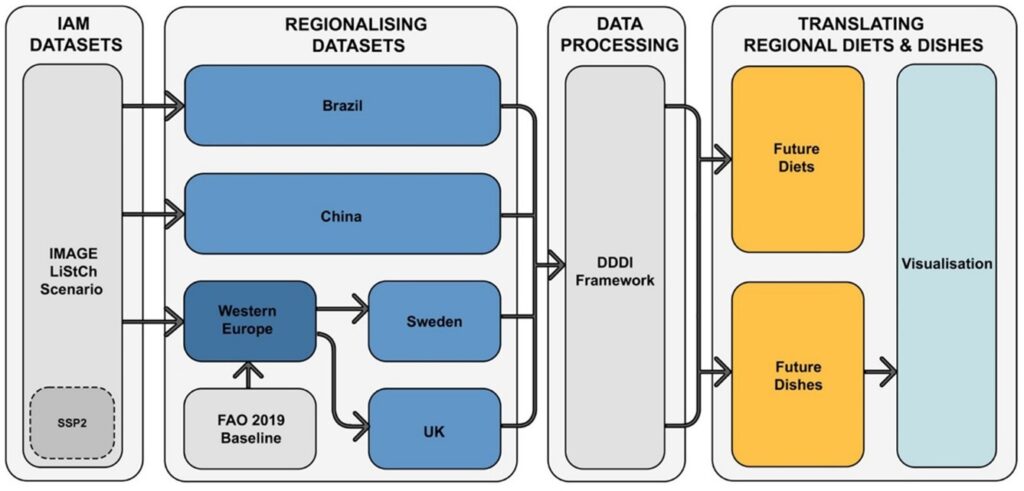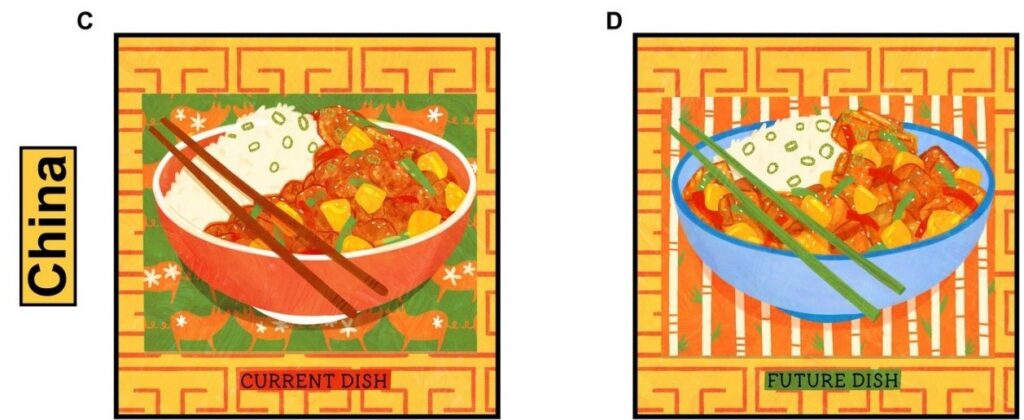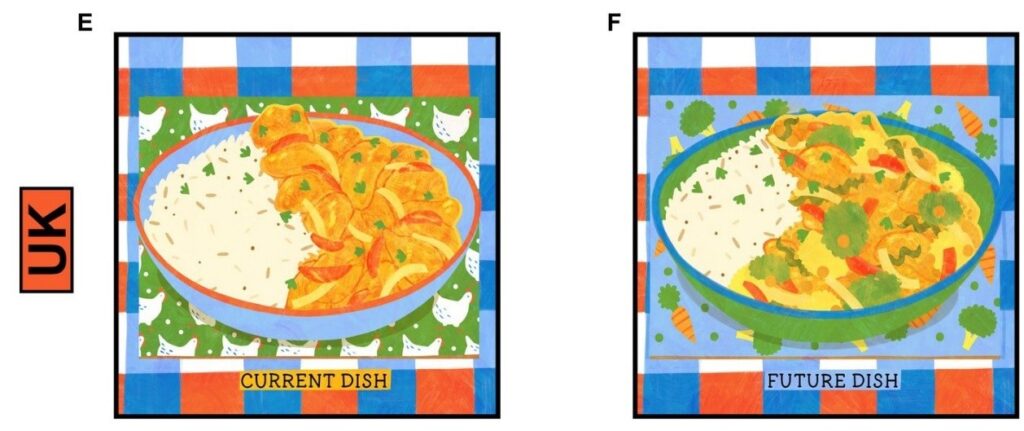How did those at high risk of Food Insecurity vote? by Dr Fran Pontin, Senior Research Data Scientist
We aggregated the neighbourhoods (lower layer super output areas) in England and Wales to their 2024 constituency and calculated the median PPFI decile for each constituency. We also calculated the median deciles for each of the seven domains that makes up PPFI:
- Proximity to supermarket retail facilities
- Accessibility to supermarket retail facilities
- Access to online deliveries
- Proximity to non-supermarket food provision
- Socio-demographic barriers
- Need for family food support
- Fuel Poverty
Explore the full PPFI Index here.
What happened in the last election?
Votes for Labour in the 2019 election map fairly well onto the Priority Places for Food Index, where we identify the band of labour voters in the North West, North East, Yorkshire & the Humber and the West Midlands mapping onto Priority Places for Food Insecurity Support . However, there are constituencies where this pattern does not hold true, with more rural and coastal Priority Places in the South East and East of England voting Conservative in the last election. London also bucks the trend by being a Labour strong hold in 2019, which generally has fewer Priority Places (this is because London generally has better food access and performs better in the need for Family Food Support domain).

2024 voting behaviour in the constituencies most vulnerable to food Insecurity?
The Priority Places for Food Index considers both physical access to places where food can be purchased as well as the socio-demographic barriers to being able to buy food. The domains we typically associate with being more vulnerable to the impacts of the cost-of-living crisis, the socio-demographic barriers, fuel poverty and need for family support domains map most closely onto both the previous 2019 Labour voting patterns and where Labour have won seats this election.

One of the big stories of the election has been the swing of seats from conservative to labour. Looking at those swing seats we can see the constituencies that have swung tend to be at higher risk of food insecurity, when compared to the constituencies that have maintained a conservative hold. Suggesting that food insecurity and parallel concerns around the cost-of-living crisis were a major factor in voting choice in the 2024 election.

Mapping the changes in seats we see a trend that constituencies where Labour have won seats from the Conservatives typically tend to be constituencies at higher risk of Food Insecurity. These high-risk swing seats including more rural and costal areas in the South East, constituencies in Cornwall in the South West and West Midlands. On average Conservative voting constituencies tend to be at lower risk of Food Insecurity.
Whilst, where Reform UK have won previously Conservative seats also tend to be constituencies at higher risk of Food Insecurity, suggesting Food Insecurity and the cost of living may be a factor in the swing to Reform UK votes, despite the fact the manifesto ‘does not contain many measures that would ease food insecurity’. Interestingly, the seats the Liberal Democrats have won from the Conservatives tend to be in areas at lower risk of Food Insecurity despite, as highlighted by the Food Foundation, policies to tackle Food Insecurity outlined in the Liberal Democrat Manifesto.

Individual voting decision is a very complex and personal decision, whilst Food Insecurity seems a strong predictor of a Labour vote, we will never know the full role to which policies to address Food Insecurity and the wider cost-of-living crisis have played in the electoral outcome.
Data Source and Thanks
Election data were taken from the UK Election Data Vault and the House of Commons General Election Results. With thanks to Alasdair Rae at Automatic Knowledge for the ‘Hex’ constituency maps.

Dr Francesca Pontin
Senior Research Data Scientist, Consumer Data Research Centre









